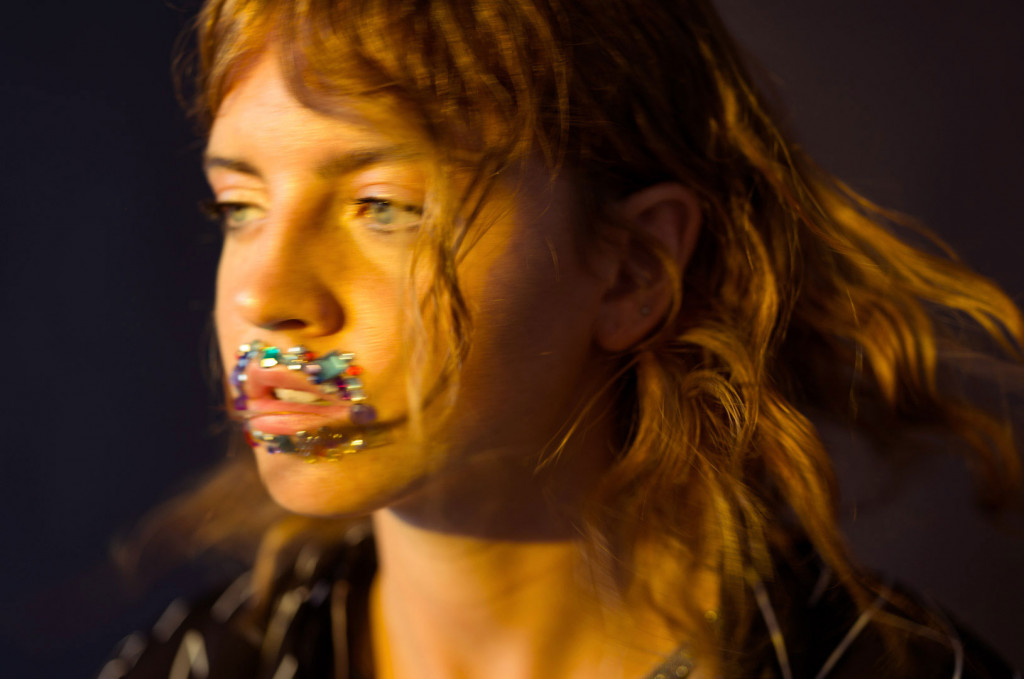
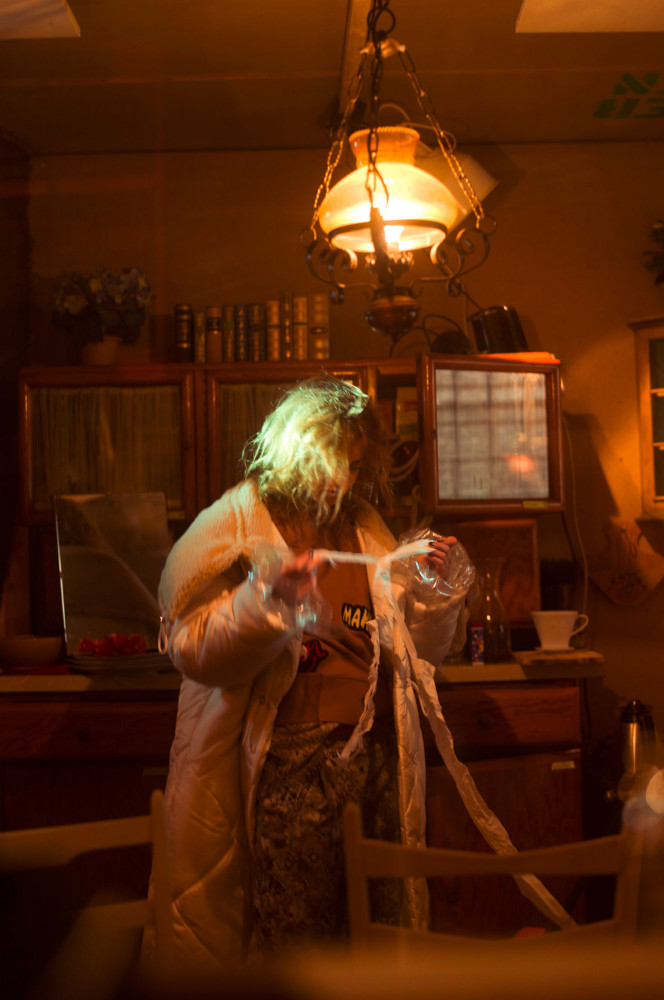
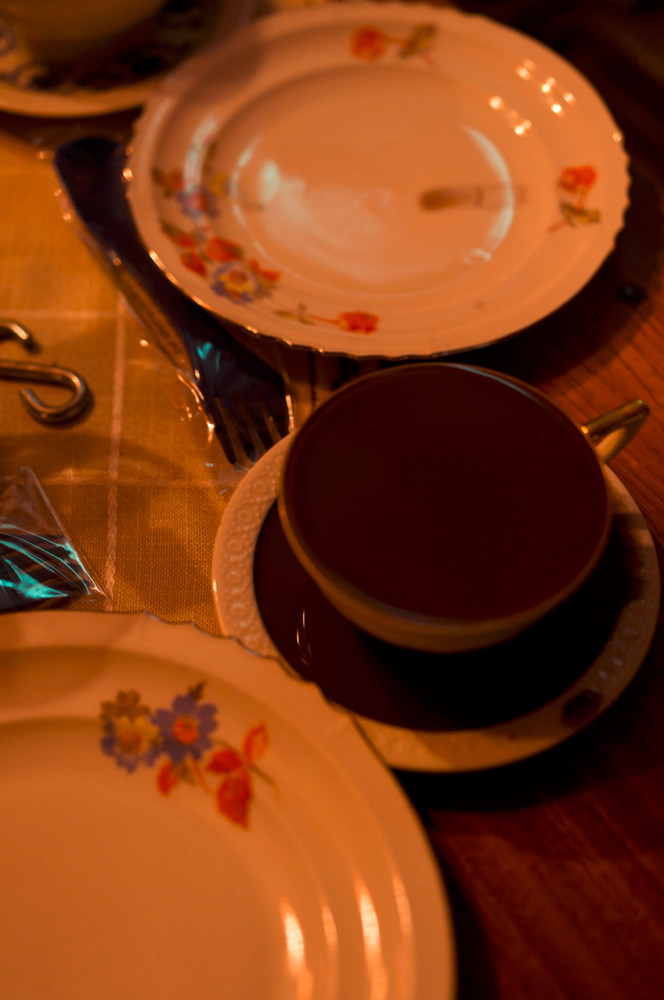
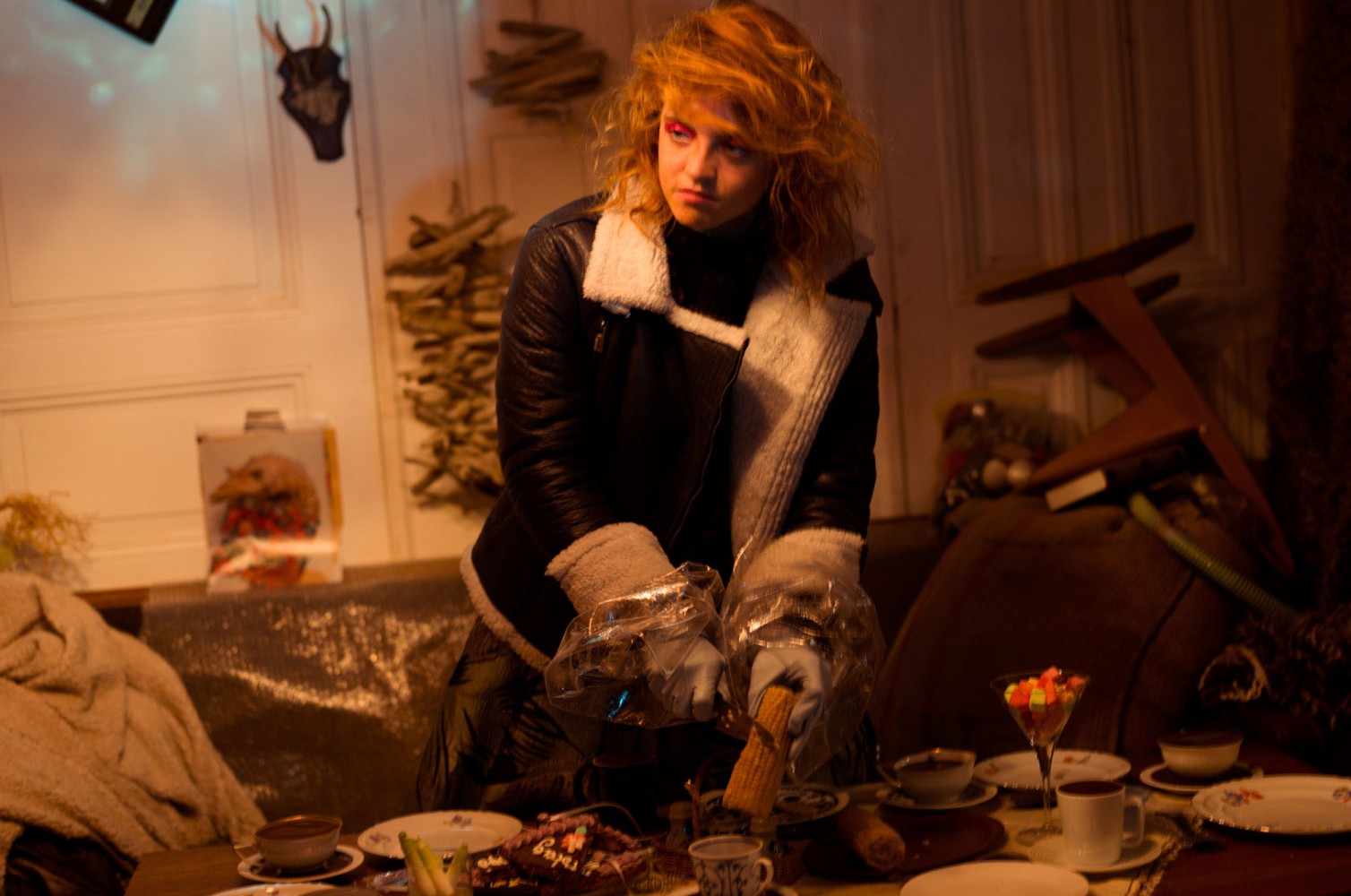
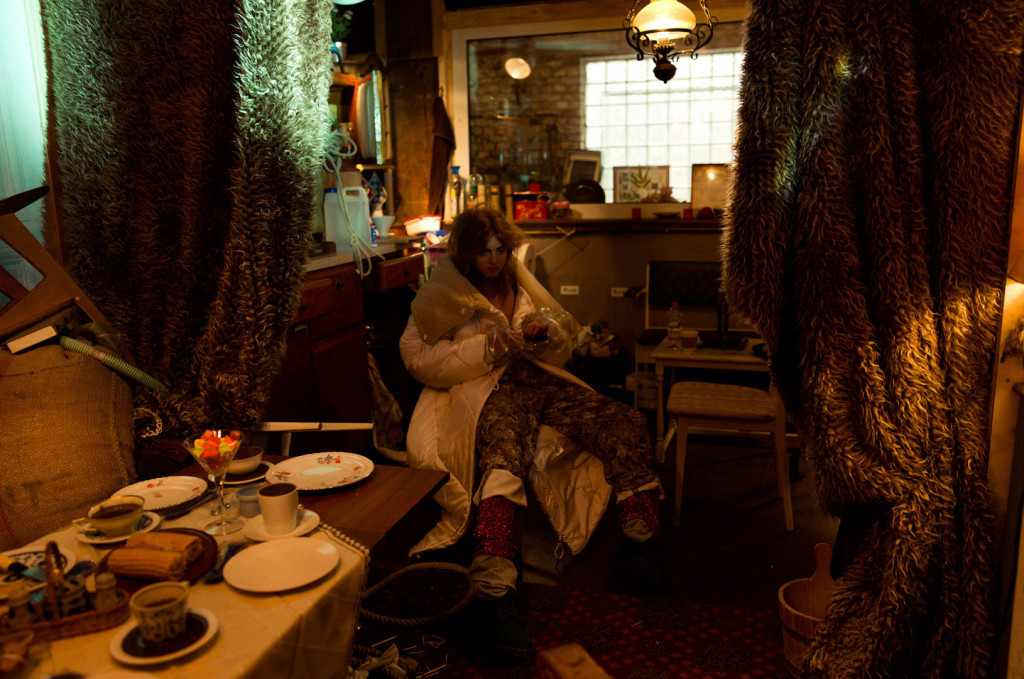
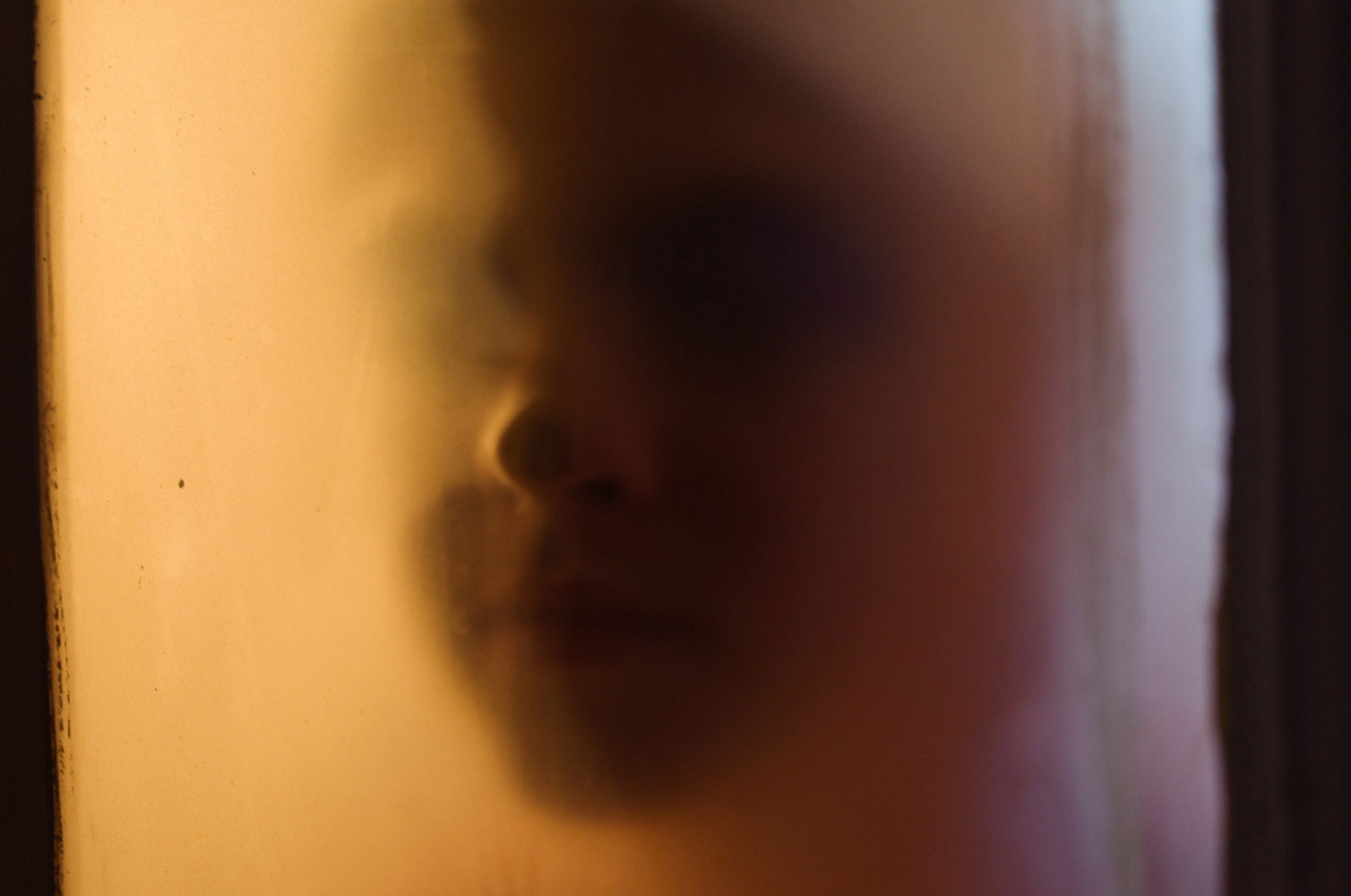
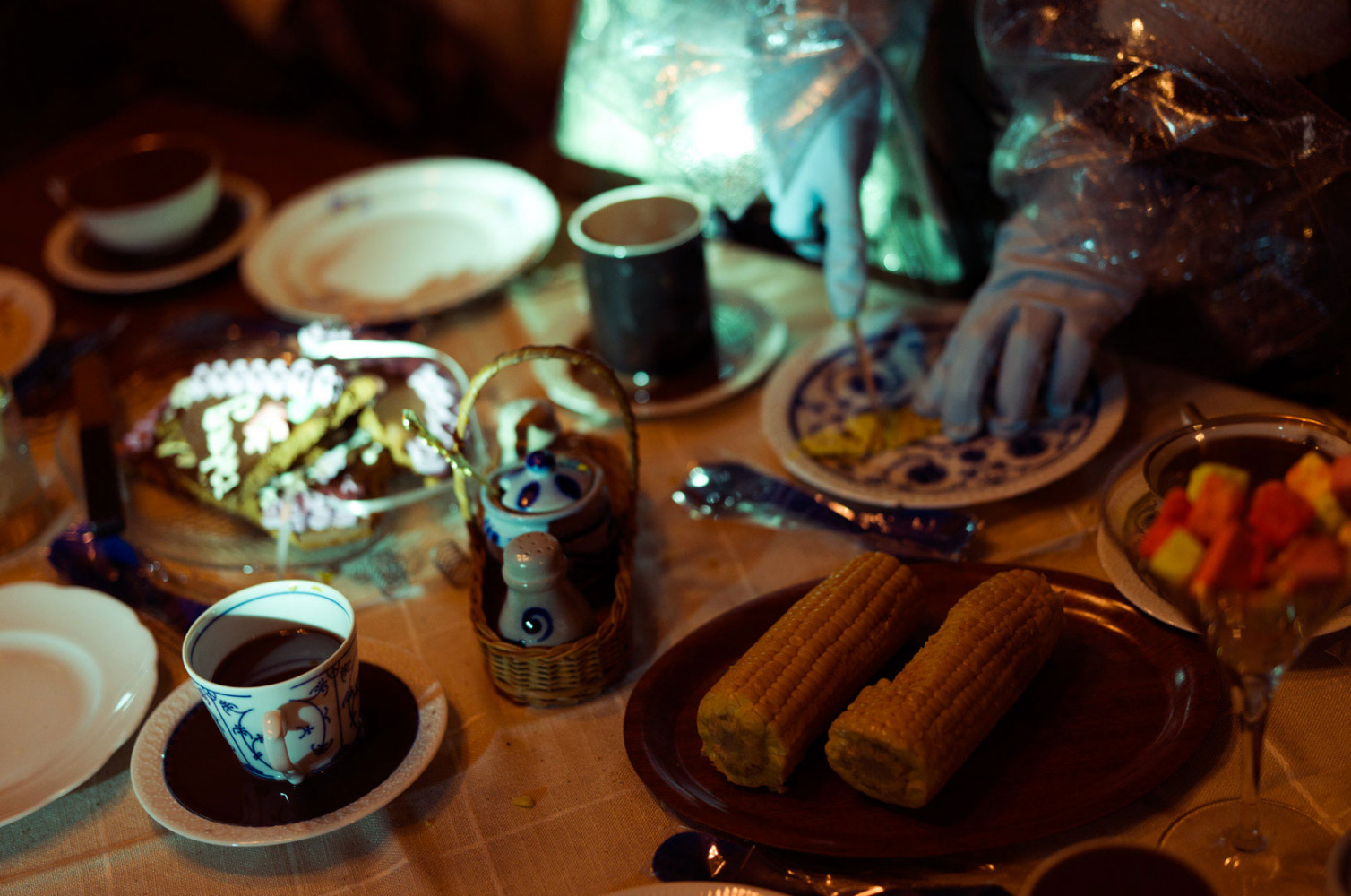
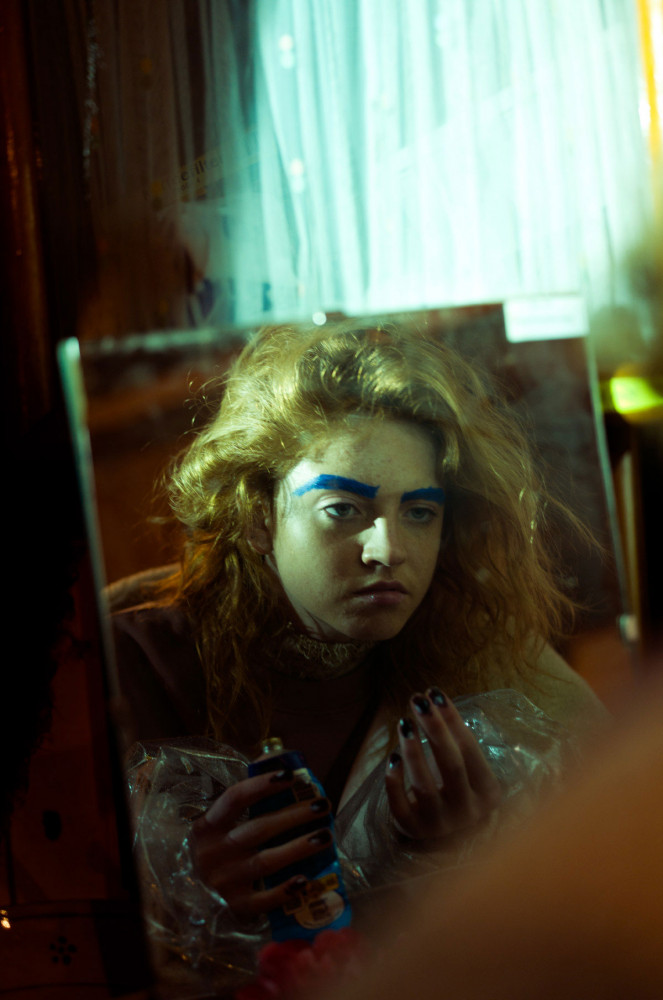
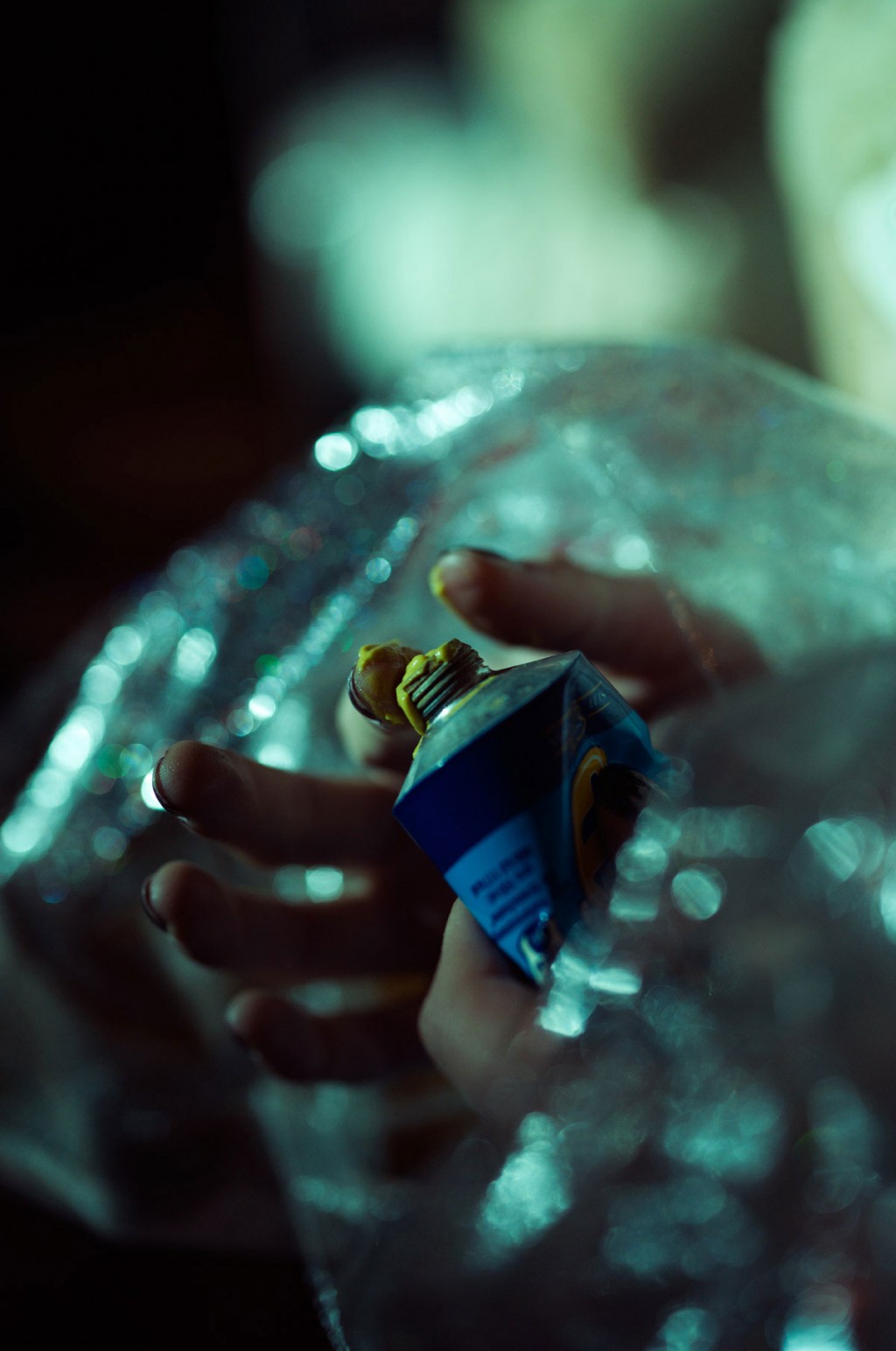
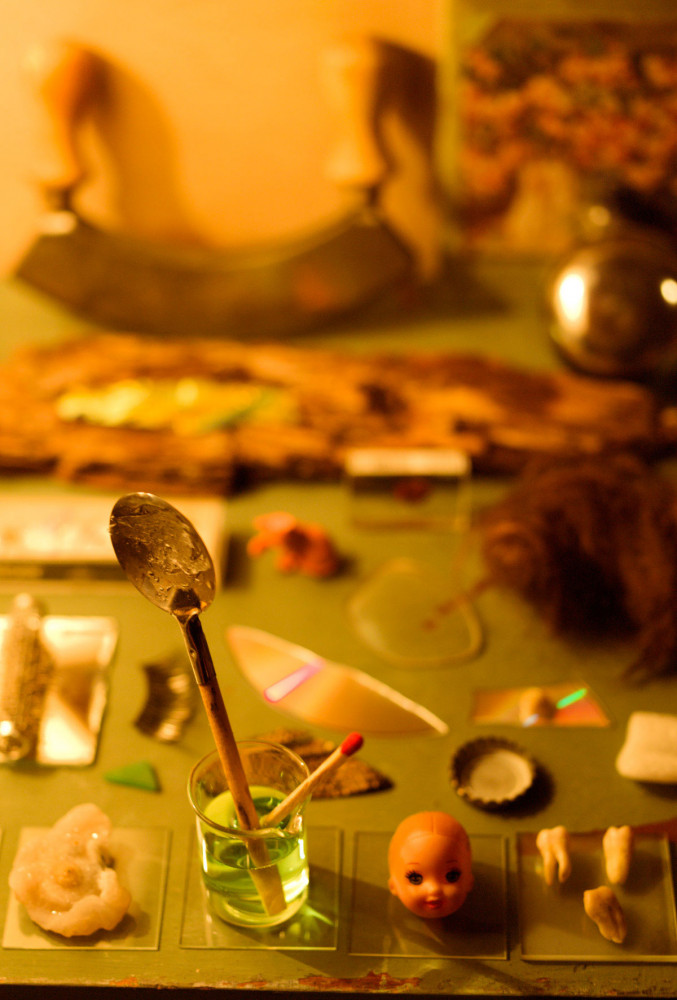
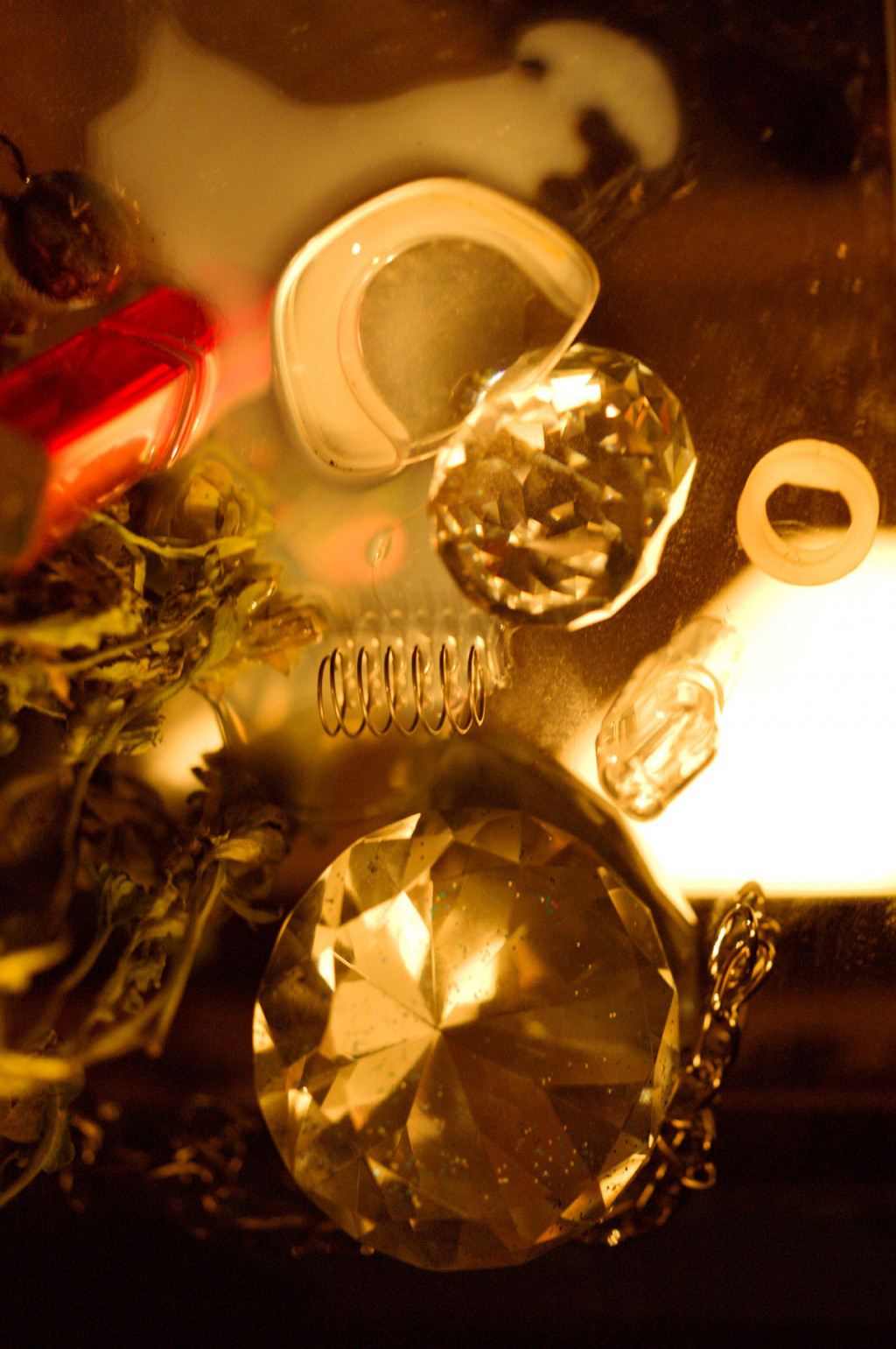
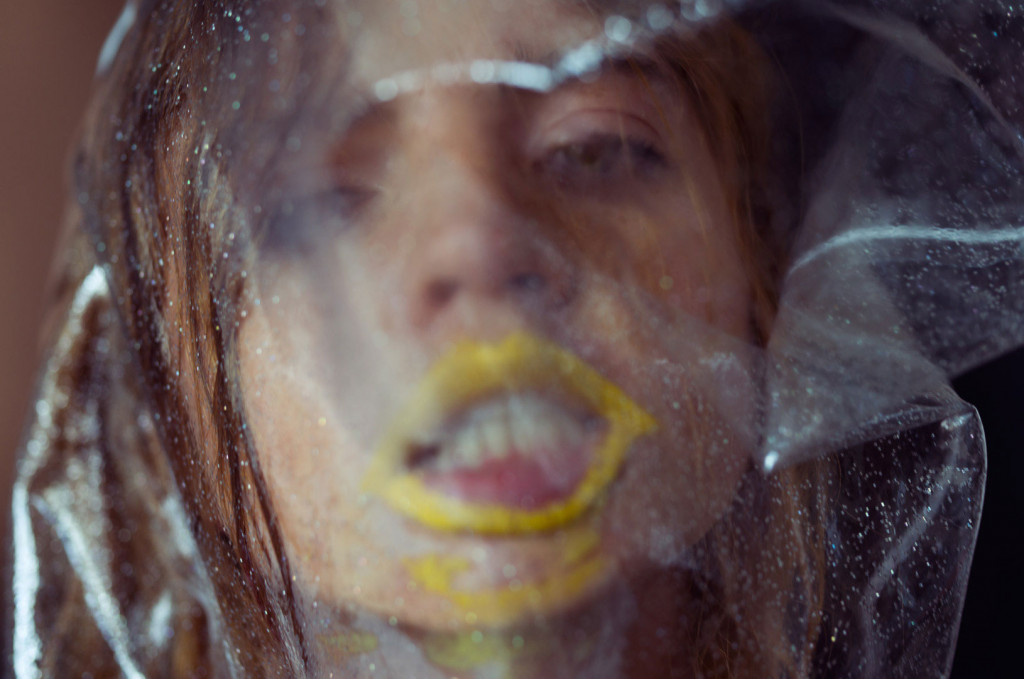
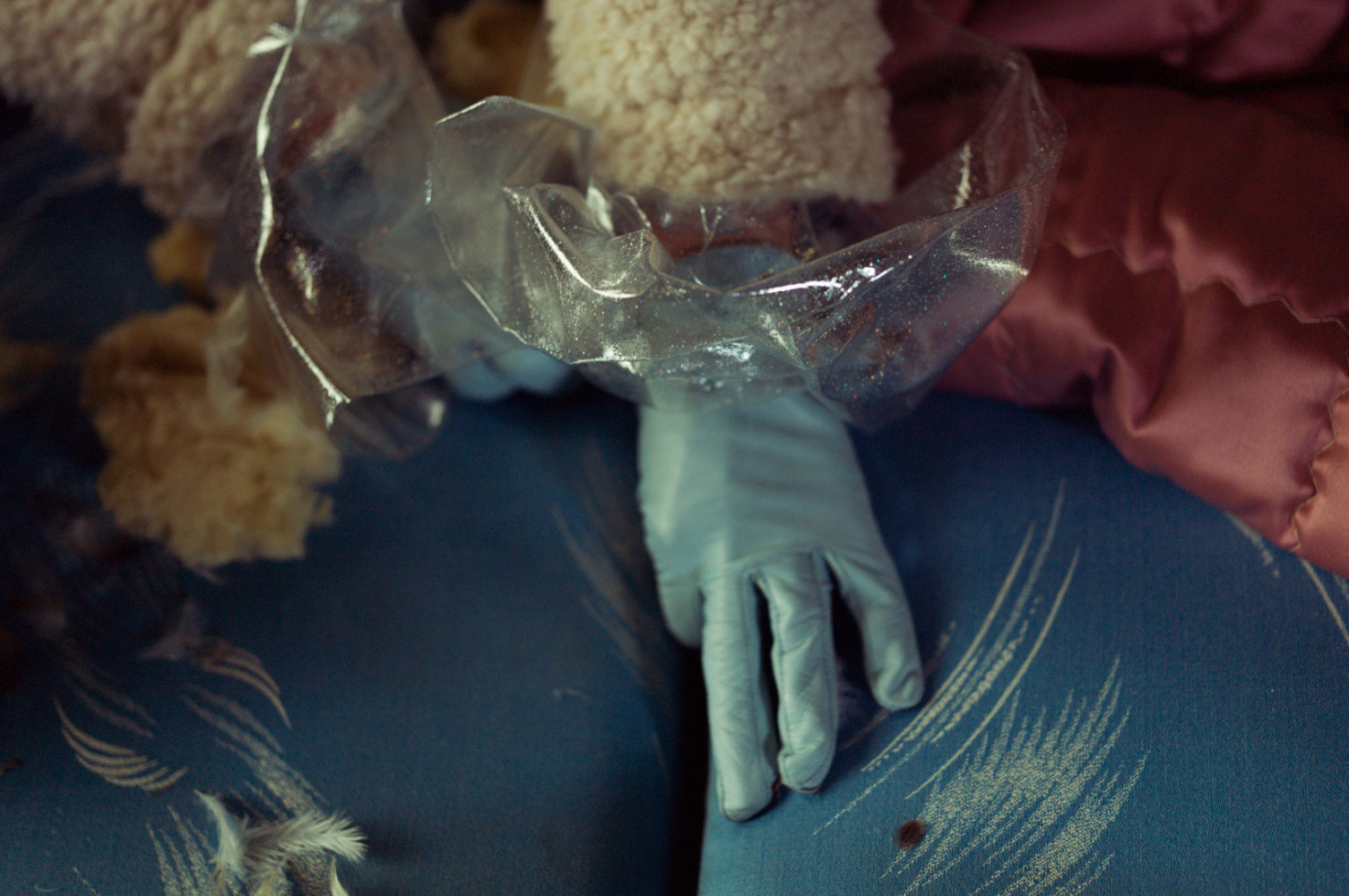
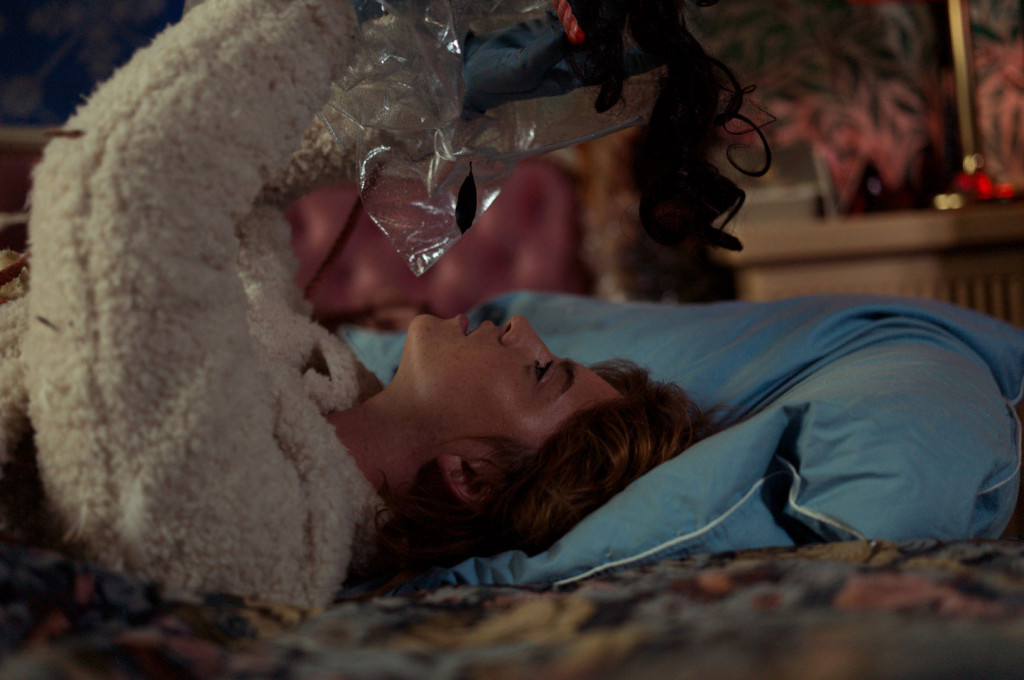
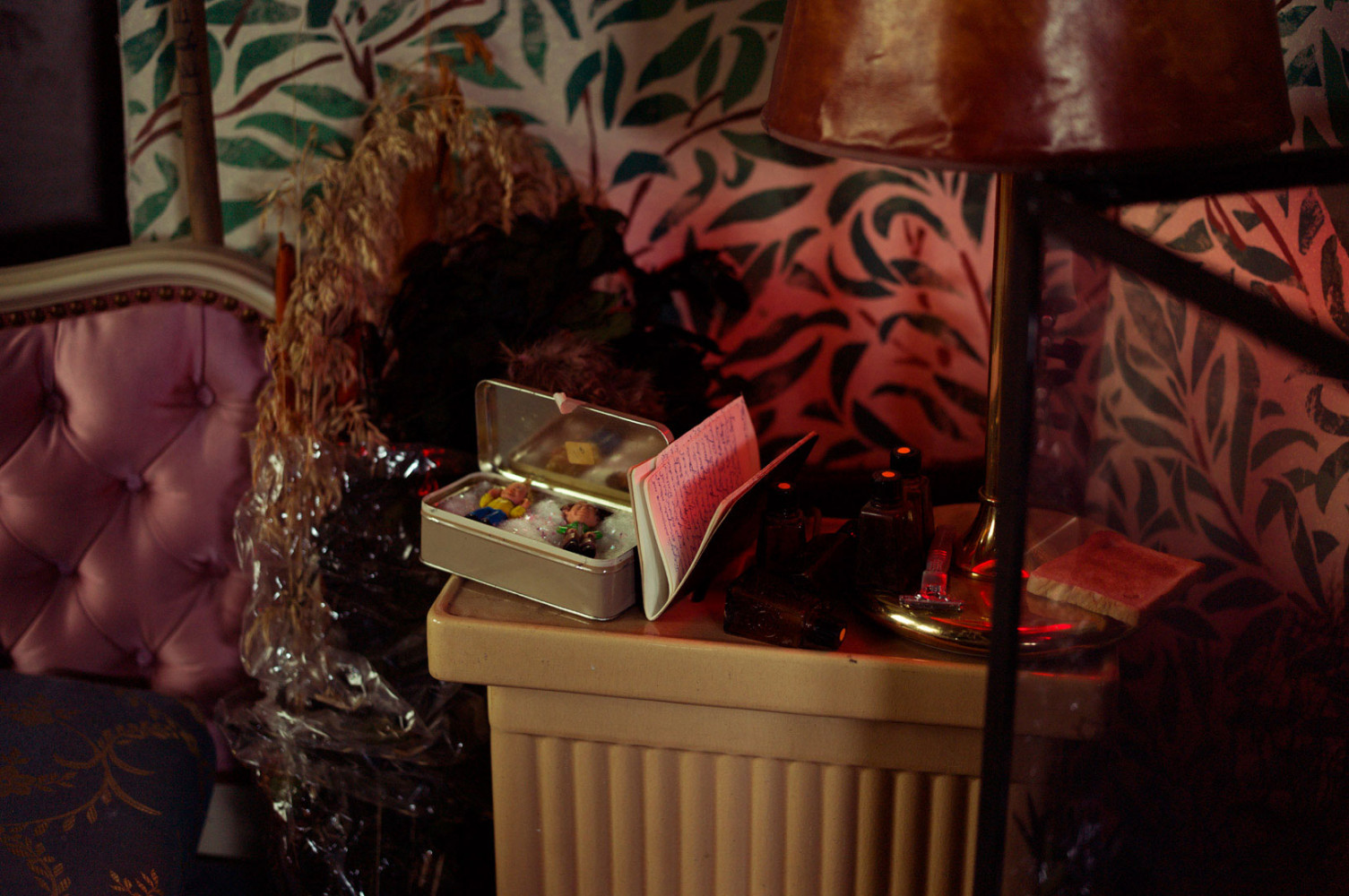
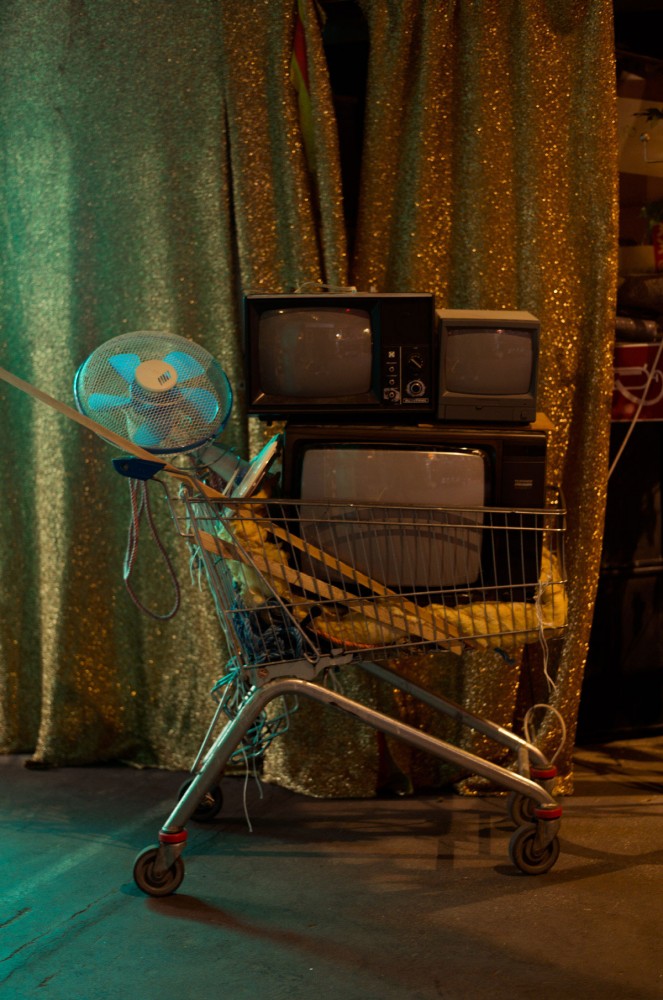
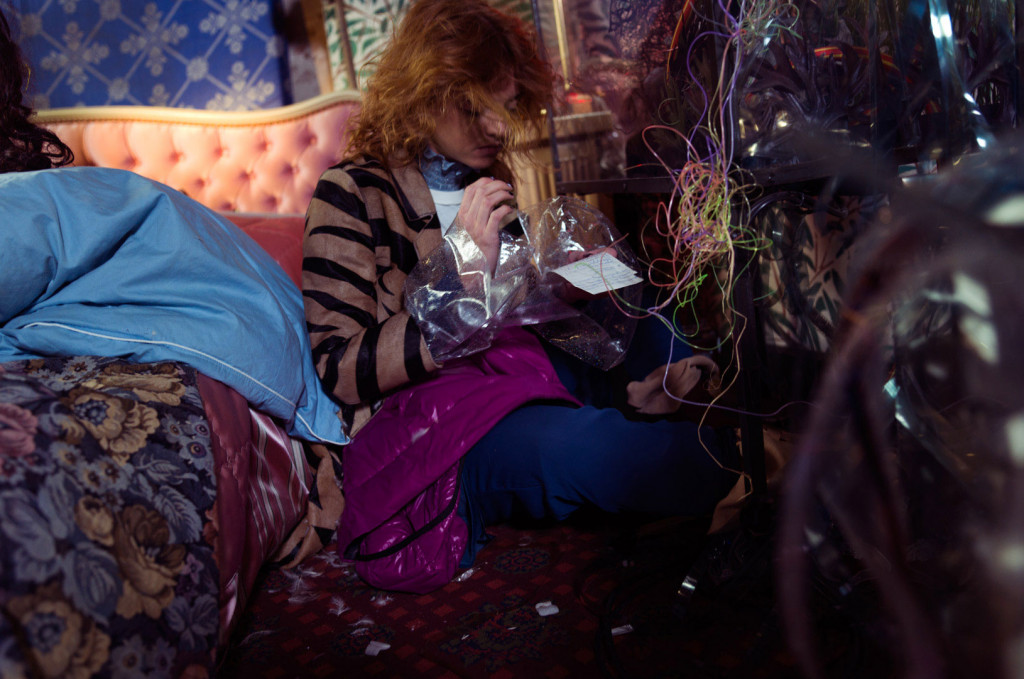
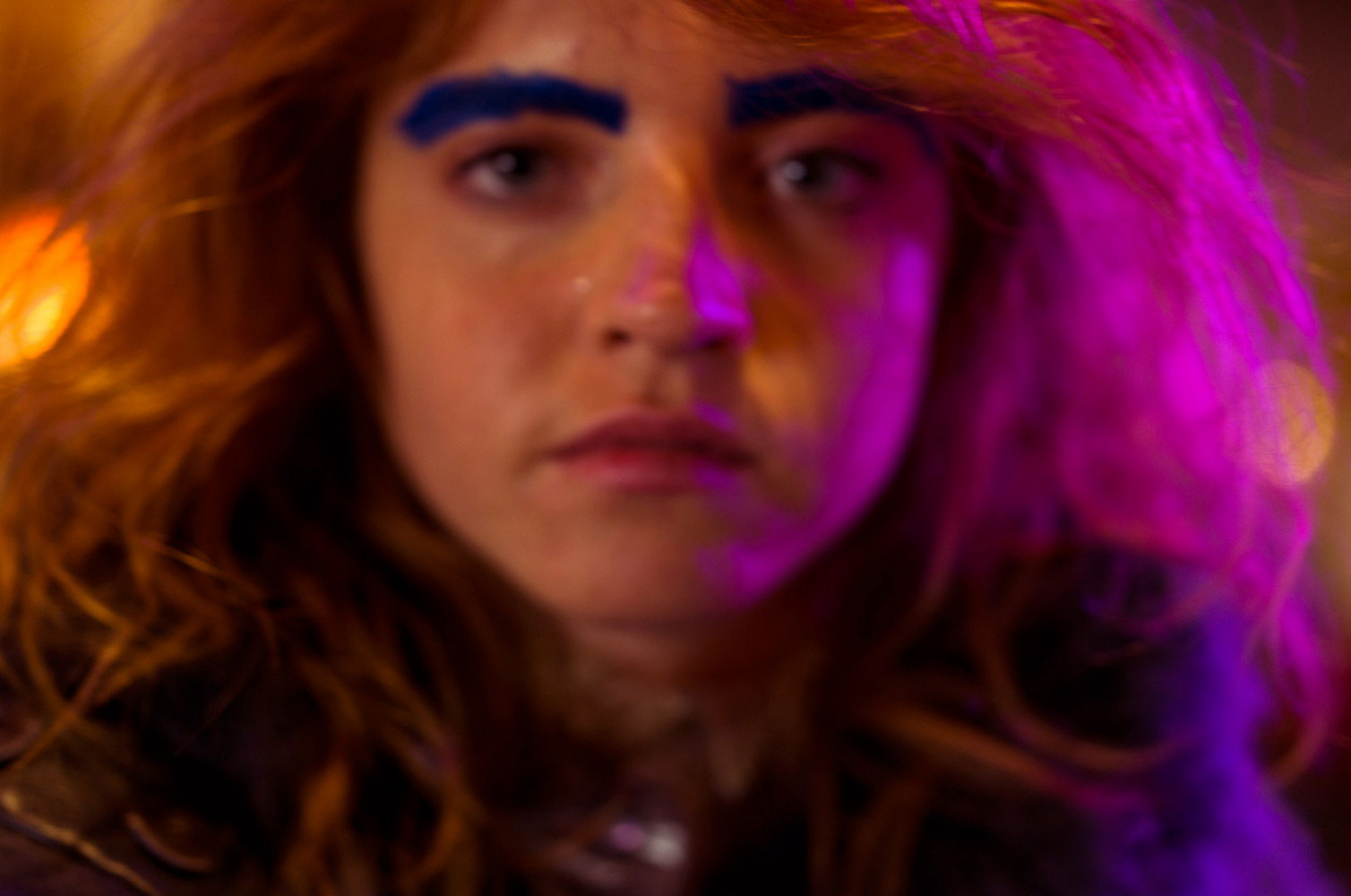
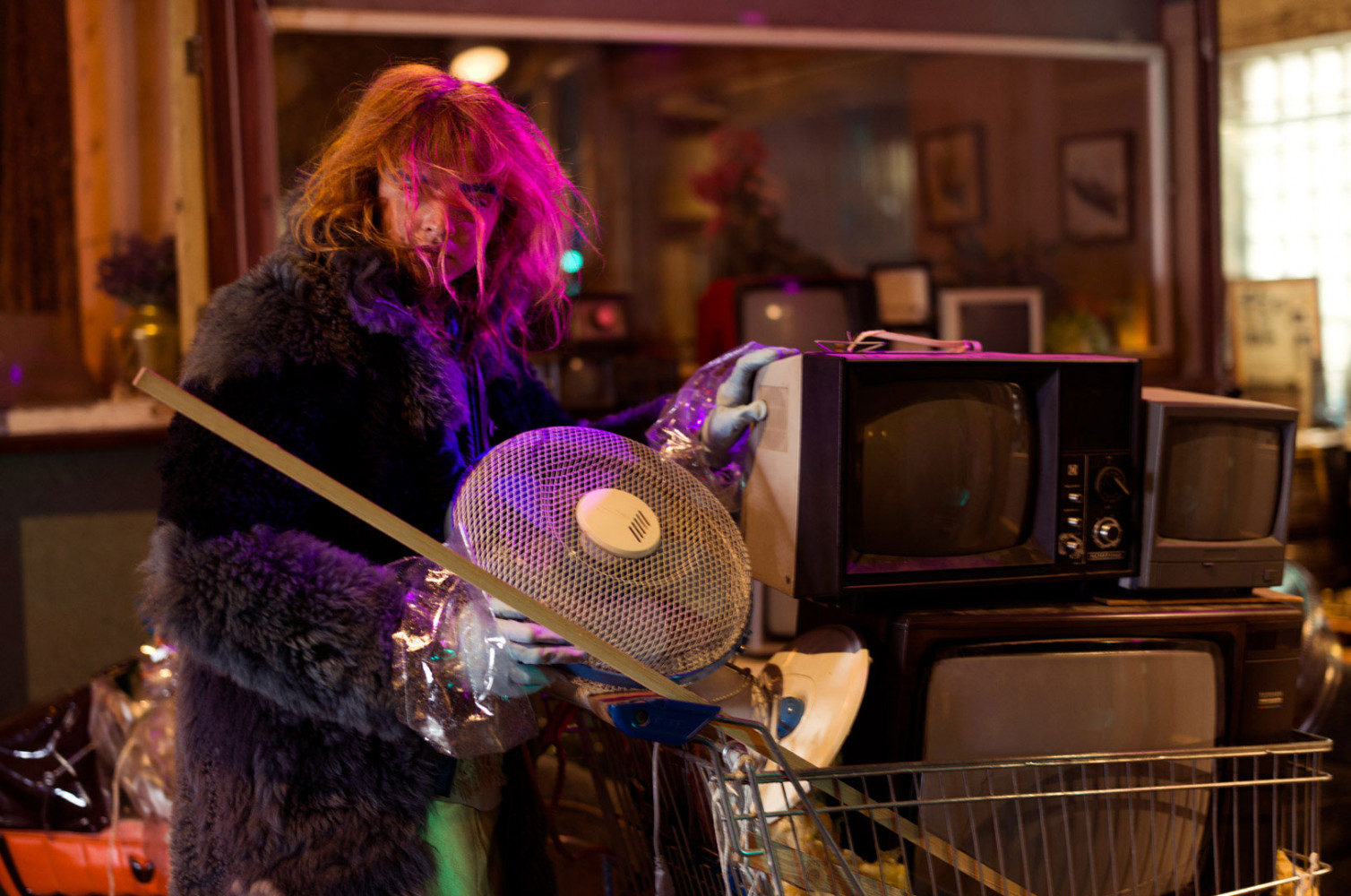
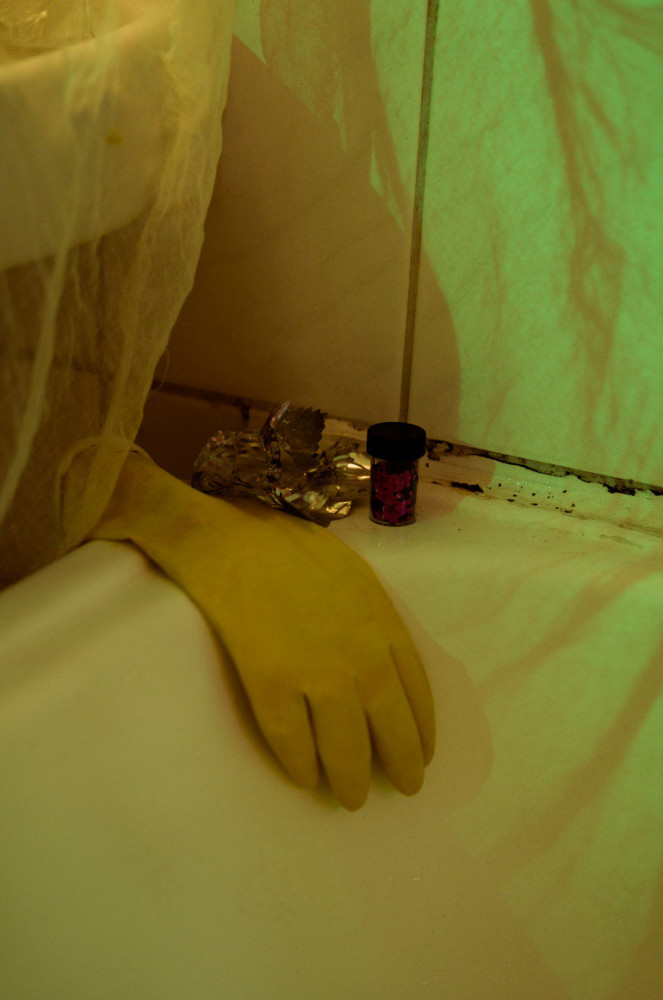
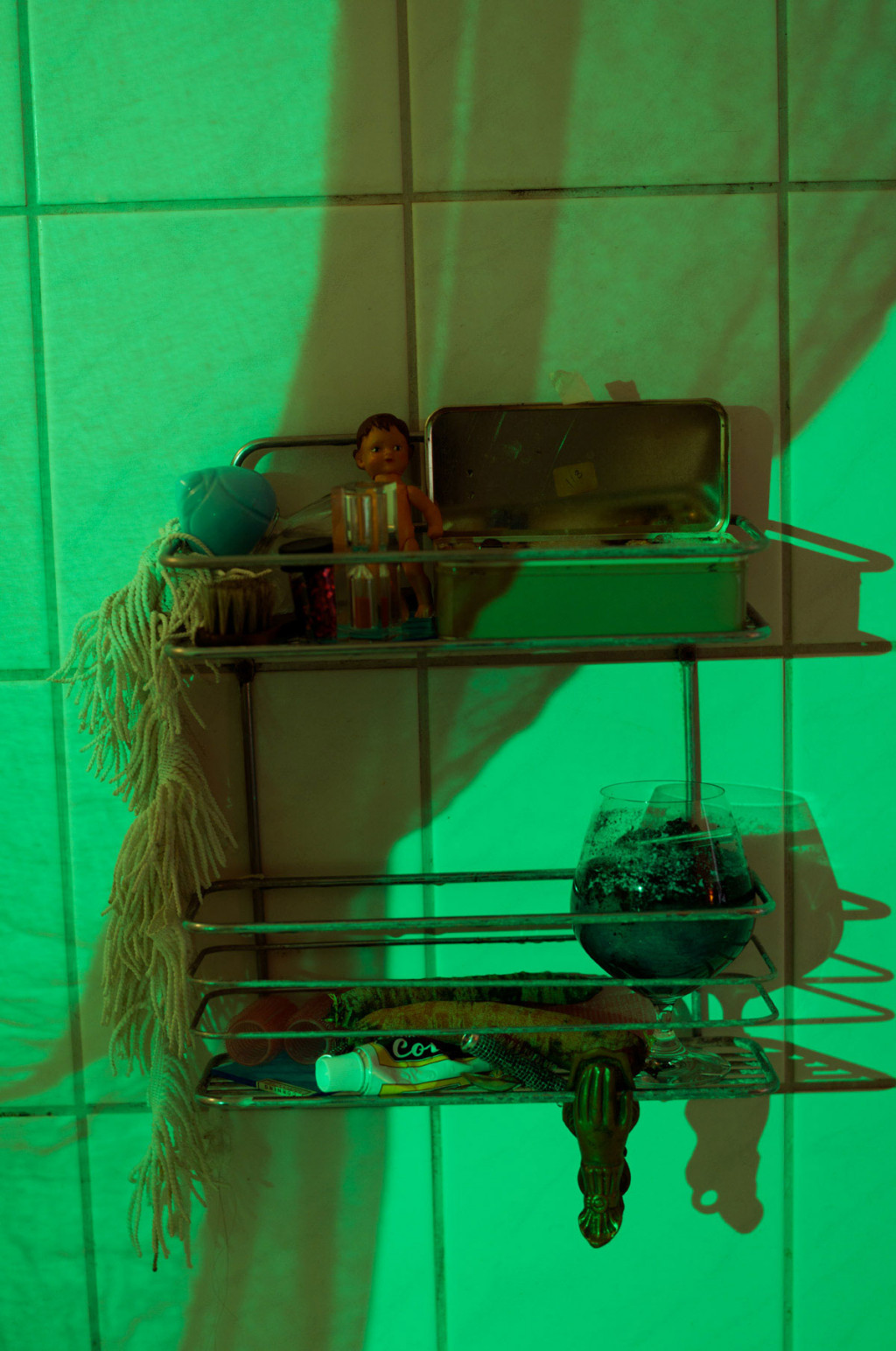
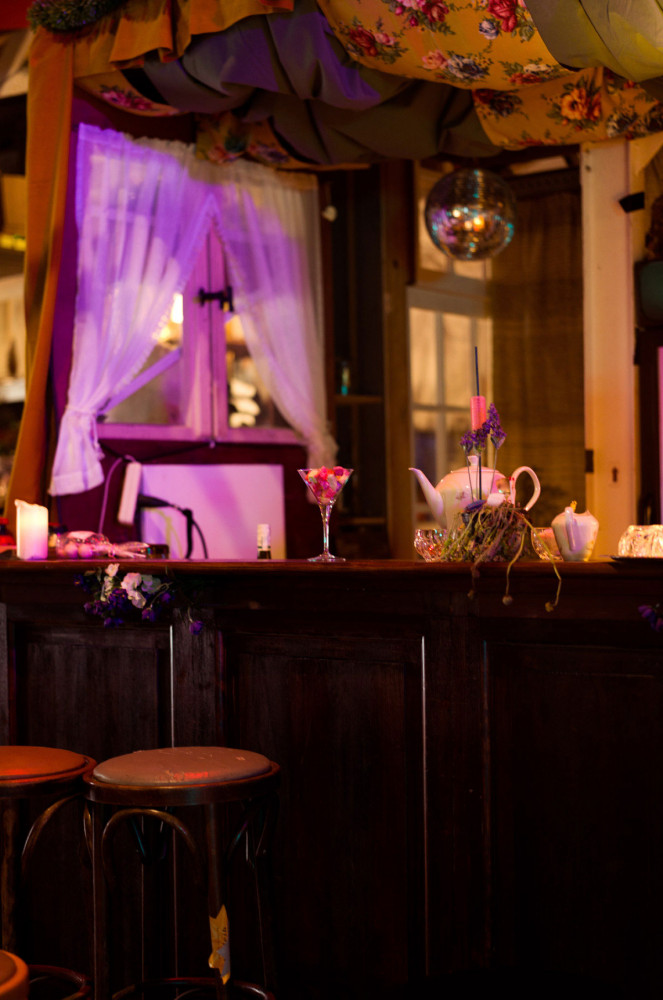

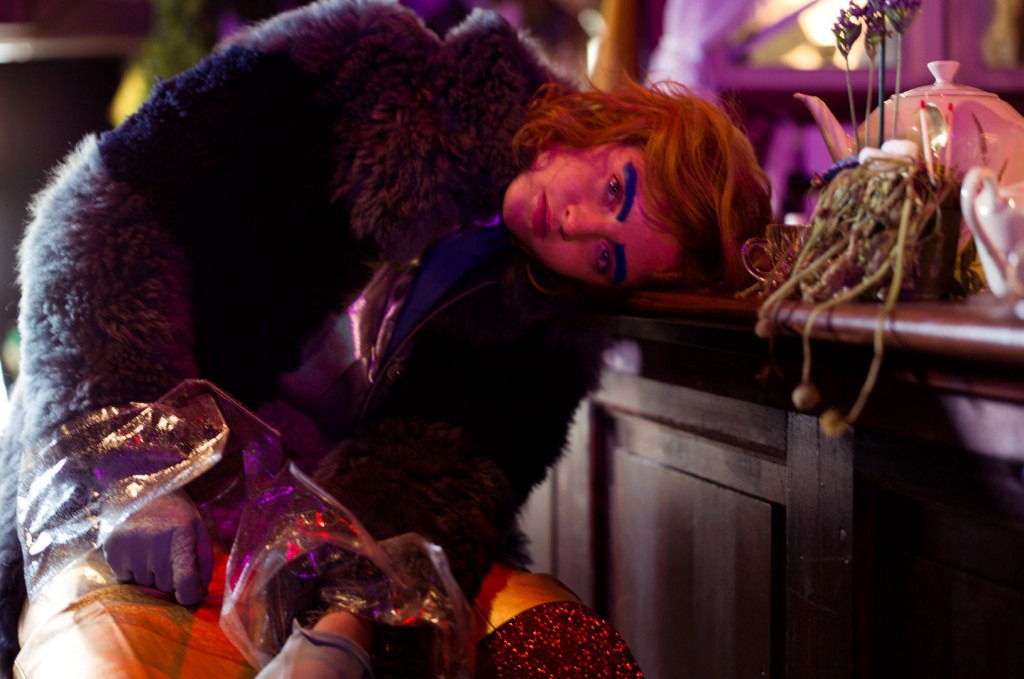
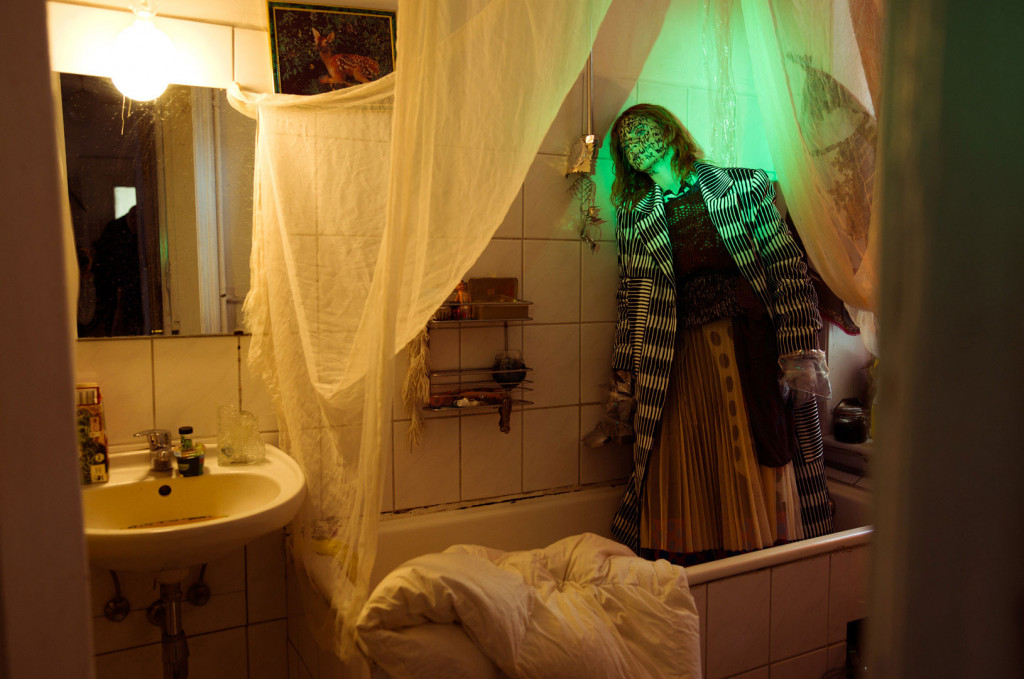
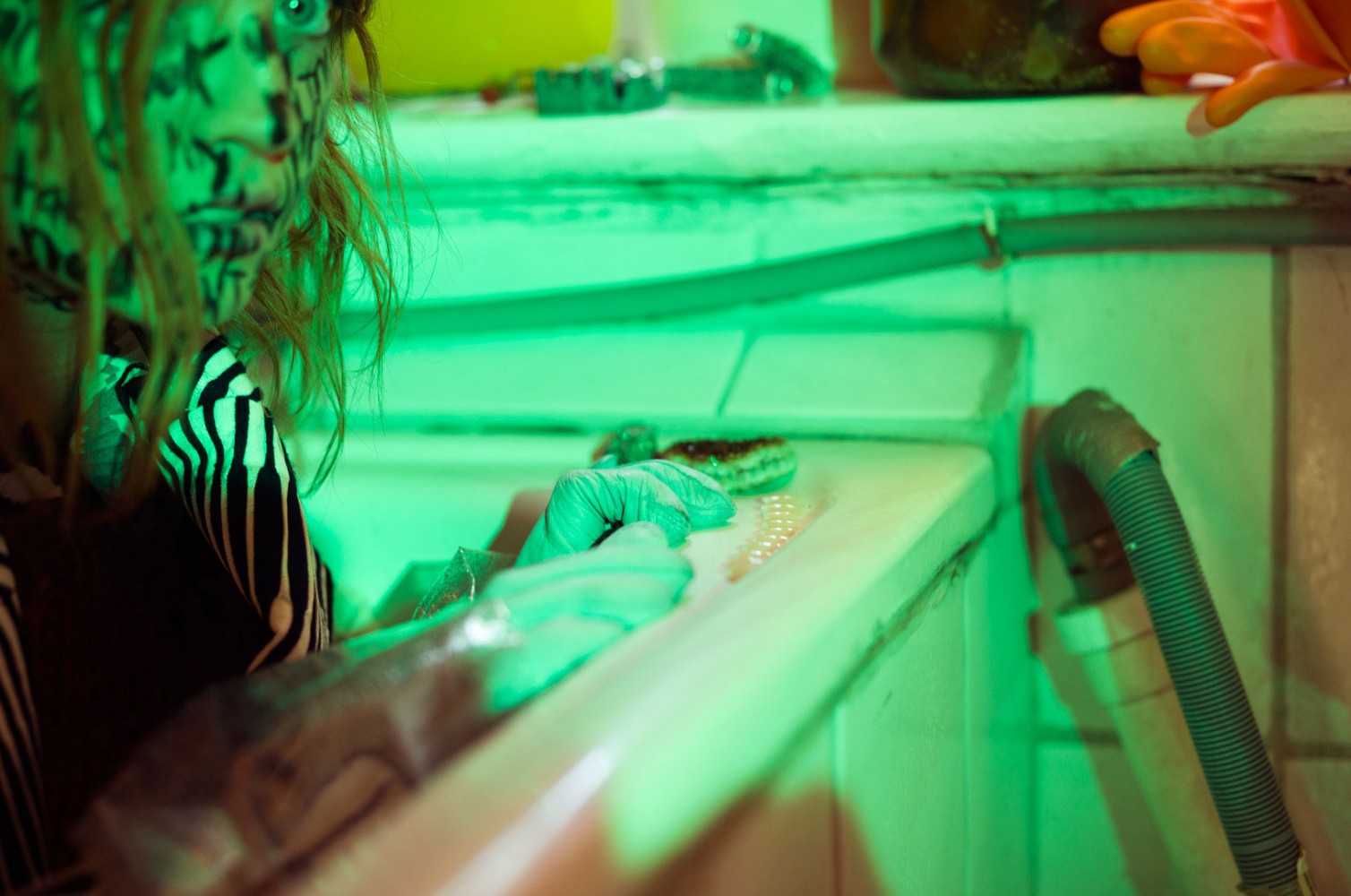
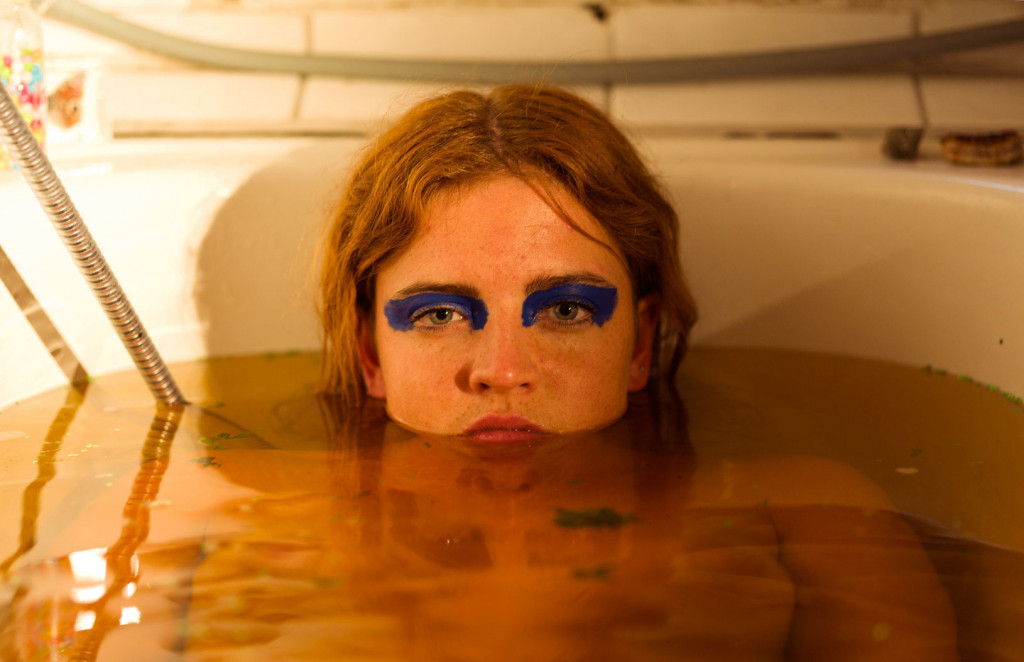
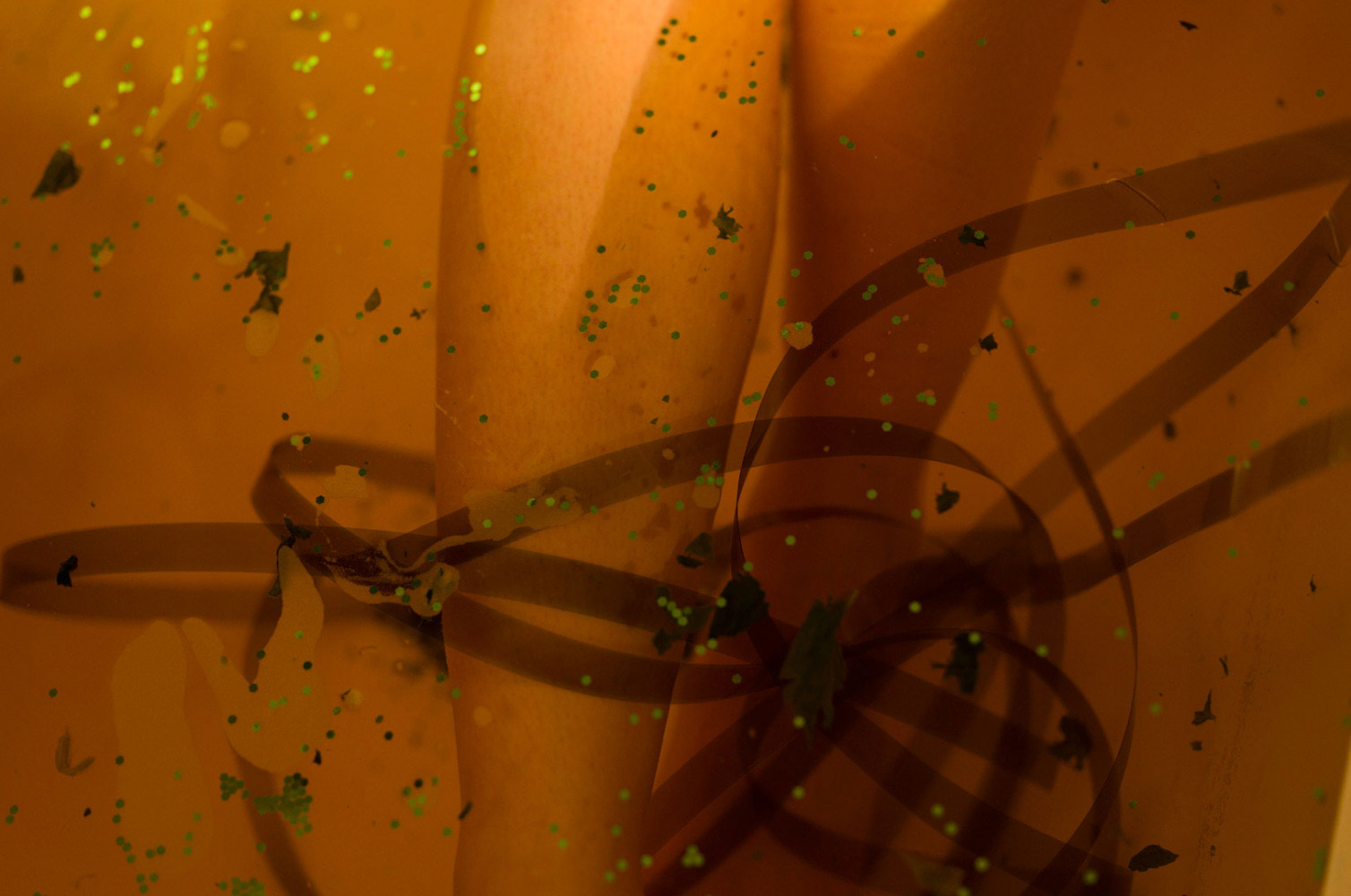
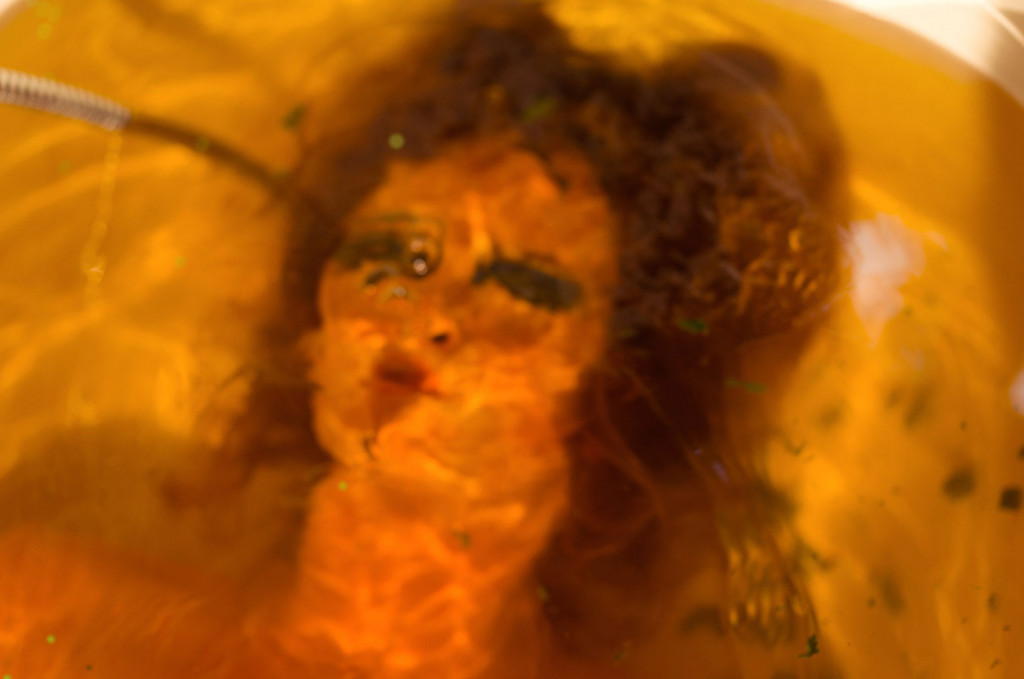





























INTERVIEW
Marie Hochhaus
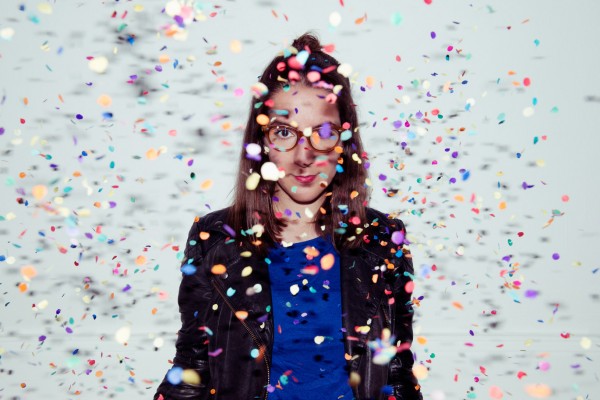
PHOTOGRAPHY Marie Hochhaus STYLING Nina Petters @ Ballsaal STYLING ASSISTANCE Tim Heyduck HAIR & MAKE UP Jamal Musa using NEWSHA HAIR and MAC SET DESIGN Ines Könitz and Neele Tschaitschian SET ASSISTANCE Patricia Paryz PHOTO ASSISTANCE Svenja Blobel MODEL Charlotte @ Mega Models Special thanks to Vadim and Manuel Florenz Schepers CAMERA Leica S (007) with Summarit-S 35mm f/2.5 Asph., Summarit-S 70mm f/2.5 Asph.
Hamburg photographer Marie Hochhaus tends to work on stories revolving around young girls. It was a particular location that was the inspiration for her ‘Catch a Tiger by the Toe’ story. Model Charlotte slipped perfectly into the role of a young woman who lives isolated from society, in a world of her own creation with its own particular rules.
S Magazine: Marie, you photography has a fairy-tale quality, it‘s nostalgic, sensitive and revolves around the common thread of girls. Why is that your favourite subject and do you see it ever evolving in another direction?
I like to use photography to tell stories. In principle it deals a lot with myself and my world, though it‘s not meant in a biographical or documentary sense, but rather my view of things and, in my personal work, a lot has to do with my day dreams. The fact that the protagonists in my pictures are virtually always female, has to do with the fact that I am a woman, so I can better identify with women or girls. So far they always seemed more appropriate than men for telling my stories. Till now, being a young woman myself, I can better identify with peple of my age or younger, and because ‘new faces’ are so often 14/16 years old, my portfolio is currently overflowing with girls. At first I was quite shocked when the first one came by and was only 14. I had seen her set card beforehand and could never have imagined she was so young. My initial reflex was to give her a piece of bread with nutella and ask her if her mother knew where she was. At some point my whole creative, idea-generating process turned to girls of this age, because my work is often inspired by the people I work with. So, by now I’ve become used to working in this area, and I like to always work with young girls, because they often approach it all in such a delightfully carefree manner, as they have not yet developed a concrete image of their femininity and persona. At the same time, my subject preference is actually changing right now, and my imagery is opening up and forming itself. Because my photography is a very personal thing for me, my imagery reflects the developments I am experiencing as a person. The older I get, the more women find a way into my pictures, and the themes I deal with are also evolving. It’s also not out of the question that in forty years time I’ll only be photographing male nudes. Who knows what I’ll be interested in as an old lady. The role that photography plays in my life is also transforming. At first it was only about fun, to experiment and to find a medium in which I could express myself, then I studied photography and it became my profession. After studying then it suddenly comes down to basics because you’re obliged to earn mone, of course.
In Catch a Tiger by the Toe for the S Magazine, you tell a story about a girl who seems to live isolated in her own strange and chaotic world. What’s it all about?
For me, an essential trait of the series is that she plays with a feeling of confusion, and that that the viewer doesn’t really know what’s going on, or how to understand the situations. It was my intention to tell the story of a girl who does not integrate into society but creates her own world, which she lives in. The idea for the series emerged when I first saw the location. I found such a fascinating place and I immediately decided that I wanted to photograph a story like that. When I met Charlotte at a test photo shoot a short while later, it was clear straight away: I absolutely wanted to work with her for this idea, because, when you work in a narrative manner, it’s very important to have a model who can immerse herself in the story, showing a sensitivity for what it’s all about. In general, with such a large project, it is extremely important to have a team that shares the same vision – a team in which we push and work with each other. I’m very grateful that I was able to get all these wonderful and inspired people on board with me. Nina, in particular, was a marvellous creative partner. We sat together on a number of evenings beforehand, looking for moods, drumming out ideas and planning the work. It was a great teamwork experience.
This story conveys a mood that is completely different to what we know from you normally. What has happened and is the girl happy in her world?
What I tried to do in this story was to move away a bit from fashion photography, to put the scenic-narrative approach of my imagery at the forefront. I have a lot of fun thinking of things like from the perspective of a film, and that’s an aspect that I definitely want to continue following in the future. Whether she’s happy or not is a difficult question to answer. What does happiness mean? I don’t think she’s more or less happy than a person who’s integrated in society, someone who lives in apparently less chaotic circumstances. At least, I didn’t intend to write a tragic or sad story. The kinds of emotions that are provoked in the viewer are another matter completely.
Your protagonists, the girls, are mostly models who do not have a commercial or a modern touch about them. What criteria do you use to choose them?
Like so many aspects of my approach to my work, it is always a very intuitive decision. I can’t talk of any concrete criteria. My interest first needs to be sparked by the visual appearance, and then the energy has to be right. That last aspect is very important.
You prefer to work with available light, sun light and natural light. Why? Can you create something special by doing so?
Up till now, it often seemed that daylight was the most appropriate means to create authenticity; but, in the meantime, I find artificial light and the staging possibilities that it provides increasingly appealing. At the moment I have a preference for continuous light.
How do you prefer to work? On location or in the studio? Where do you feel more at ease?
I wouldn’t like to be specific in this matter. Both have their appeal and I feel equally comfortable in both situations. In the studio it’s great that you don’t need to get annoyed by rain, like you have in Hamburg, for example. You are more in control of the situation, you can make more concrete plans, and you’re not affected by the light or the season. But a forest bathed in light, a stormy ocean or a curious apartment are all sources of inspiration that you can’t take into the studio. On location you have completely different means of creativity, and the chance occurrences that arise.
How is it for you to work as a photographer in Hamburg? The city is not excessively large nor excessively small. Can you unfold your potential here or are you drawn elsewhere?
Aaaah, I just love Hamburg. I’ve been living here for almost 10 years and I find it as great as ever. I love the harbour, the Elbe beach, there are green areas, it’s cosy, and yet you have the conveniences of a big city and a great selection of galleries, events, bars and so on. I think it’s very classy here. Even so, I’m planning on going to Paris for two or three months to work. Who knows what will happen. On the whole, I’m a very open person who’s oriented in the present, and I don’t like my future to be limited by too concrete expectations.
Is a medium format camera like the Leica S the perfect piece of equipment for your approach? What is your optimal focal length?
I like working with the Leica S a lot, the resolution is simply great. My favourite lens is the 70mm.
Photographically speaking, what do you want to achieve in the future?
I’ve a long list of things I want to do, so I could go on writing for ages. Just to mention one thing, I would like to work on a book and have it published. I think a small, collector’s edition would be great.